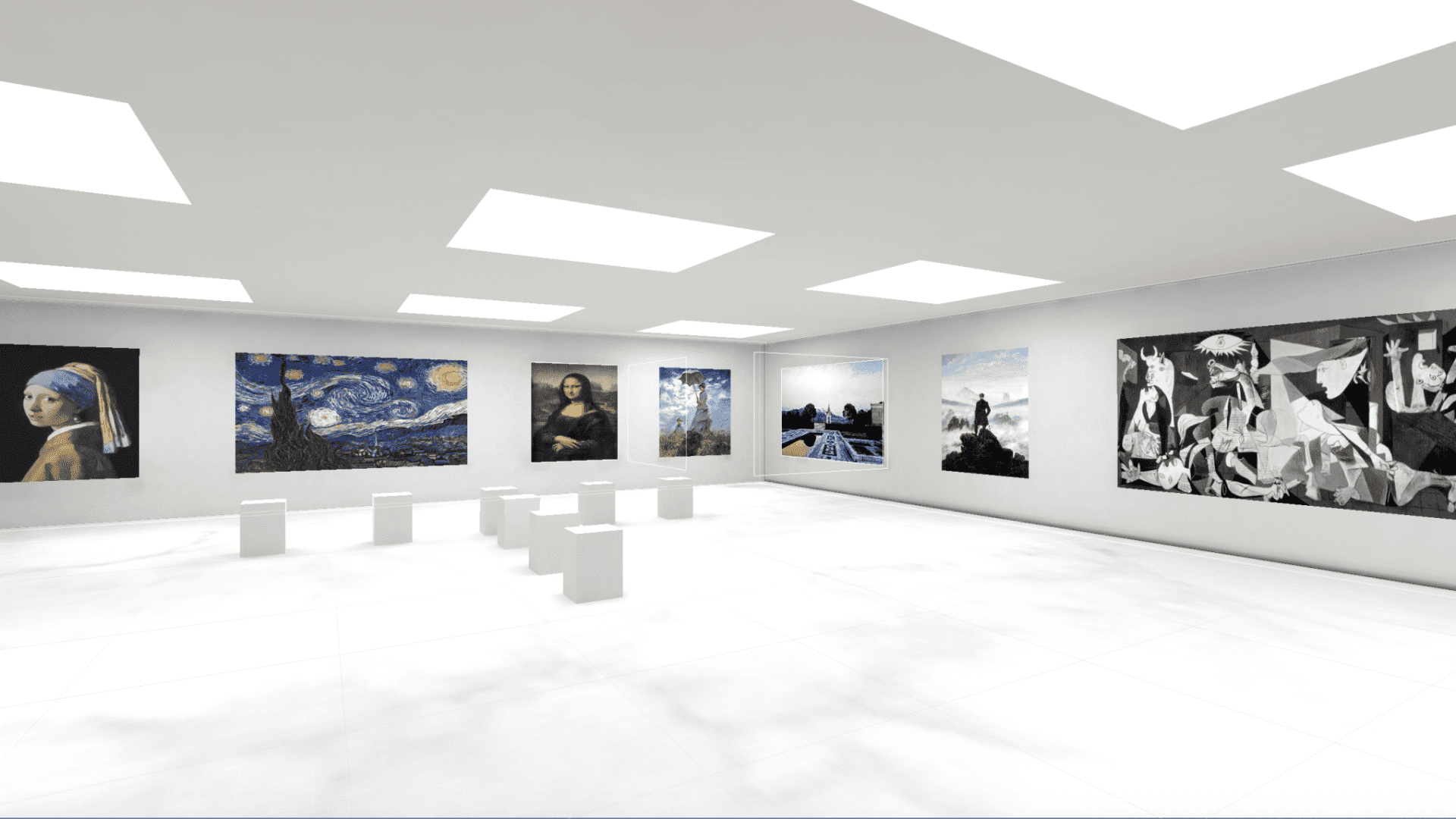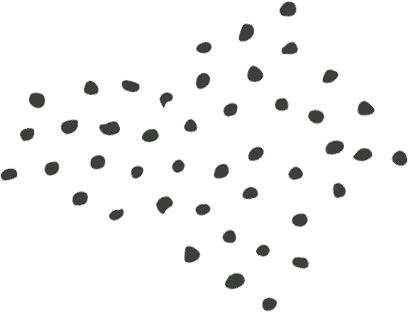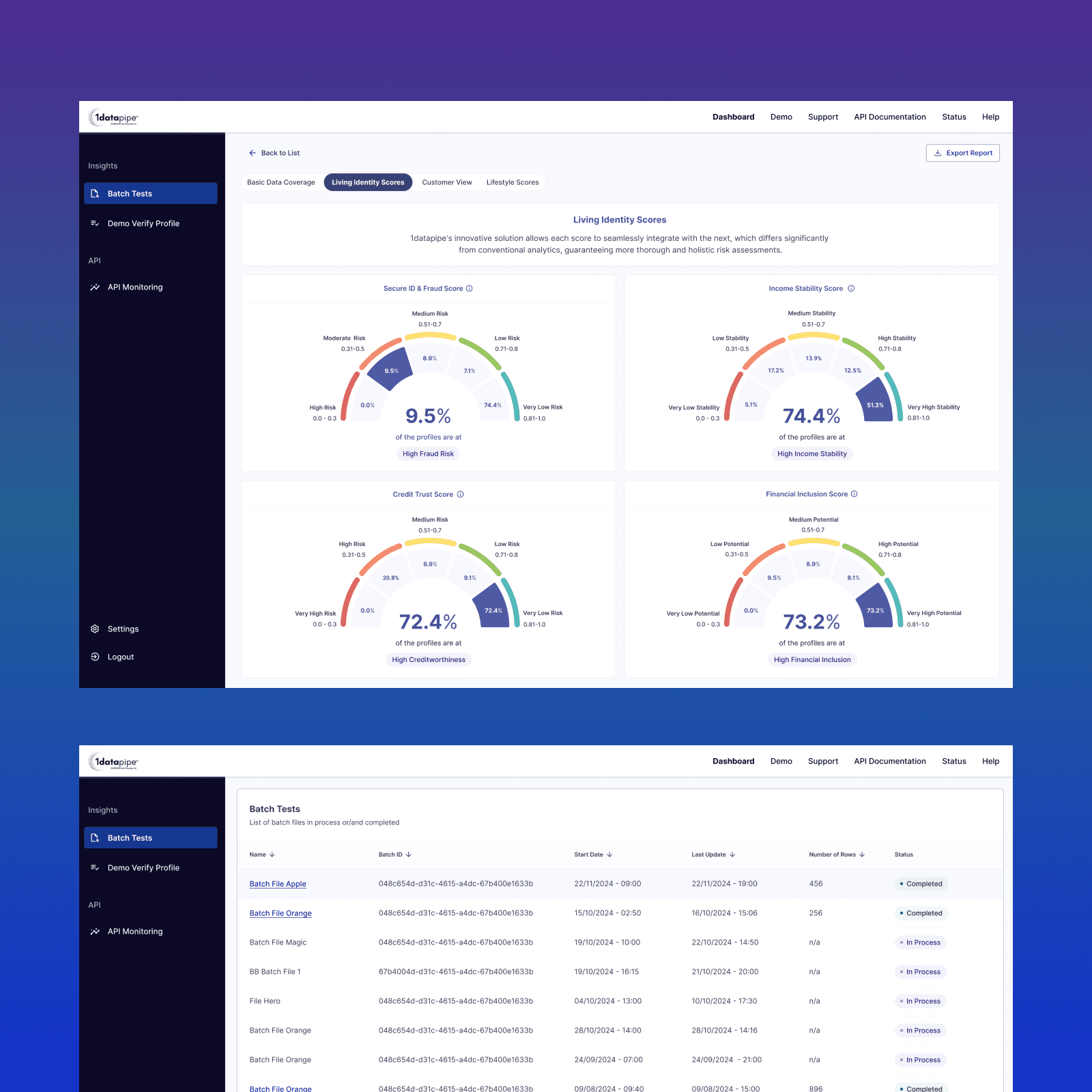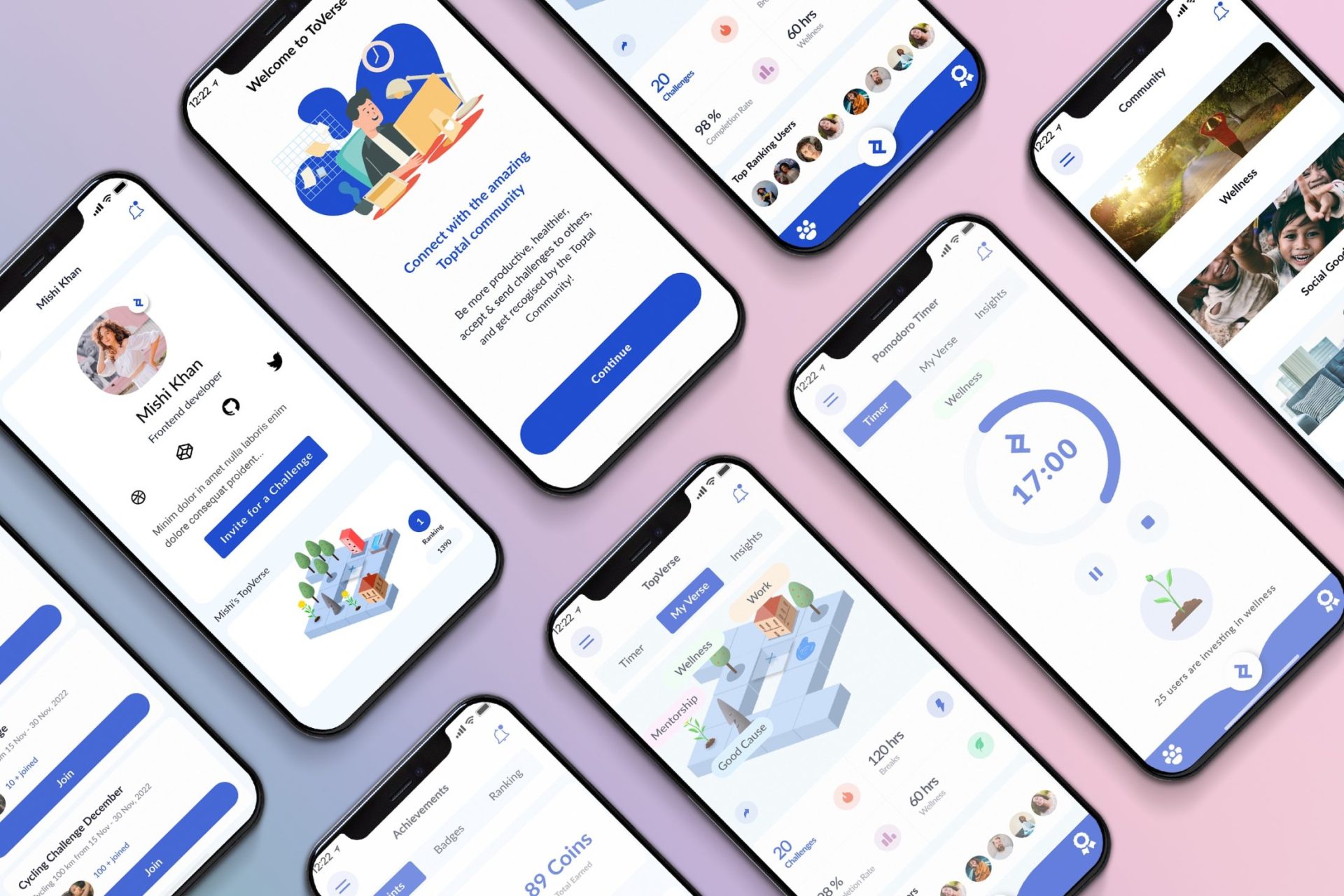VRT Gallery.
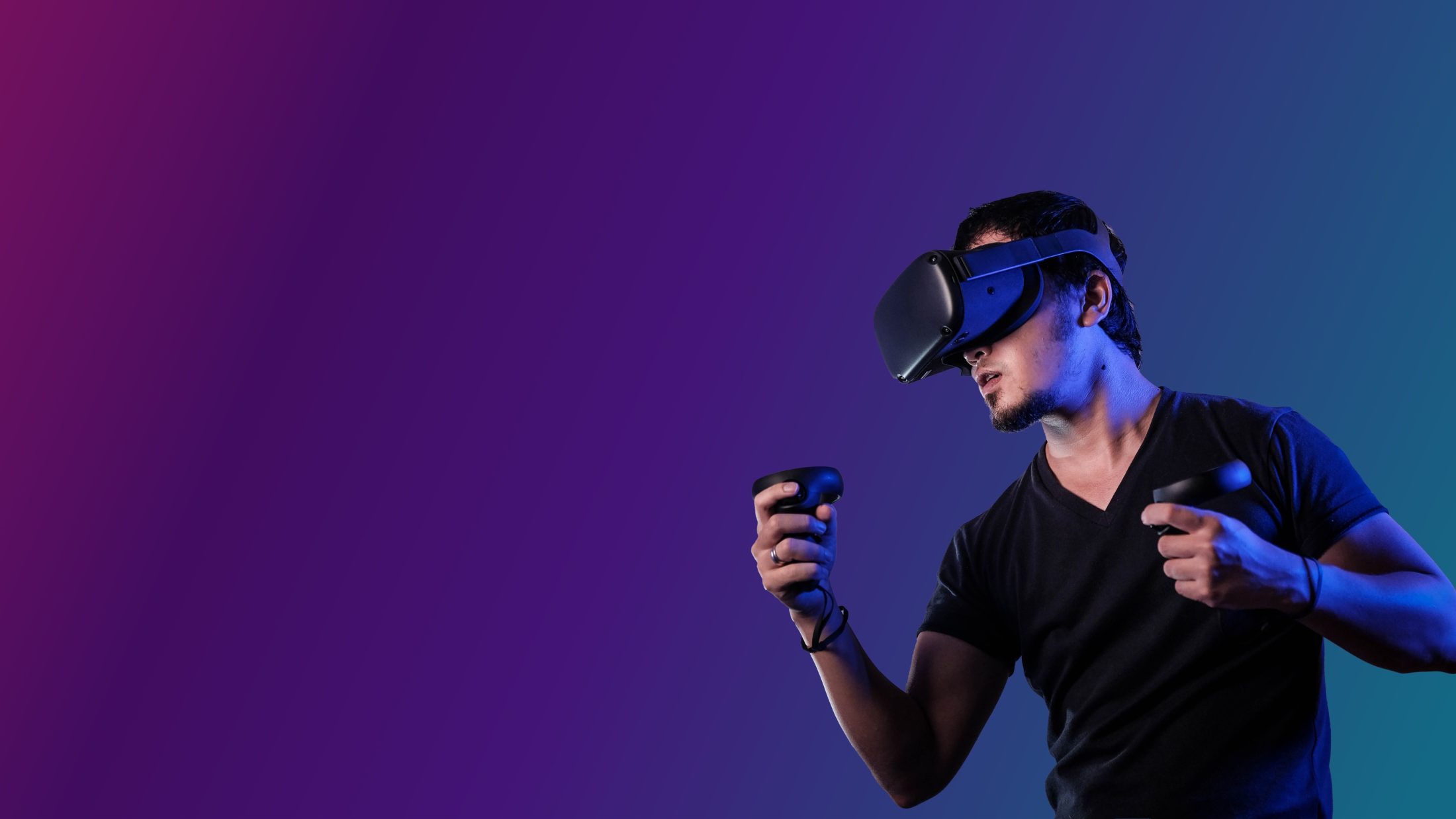
Overview.
In response to the Covid19 restrictions and lack of a system to virtually experience exhibitions of art galleries, an interdisciplinary team of seven, designed and developed an innovative solution to help people join art gallery exhibitions through the emerging technology of Virtual Reality (VR).
The project is based on an interactive cultural space concept, and the aim was to develop an enhanced user experience for a cultural organisation. The VRT Gallery application aims to host and exhibit artwork (including paintings, photography and sculpture) by University Art students. The VRT Gallery will be an opportunity for students to showcase their artwork during Covid19 restrictions to guests and potential buyers.
The main objectives of this project are to provide a real-time gallery experience and introduce various sensory experiences while users interact with the artwork.
A user-centred design approach using the design thinking methodology was implemented by the user experience designers on the project.
The Team.
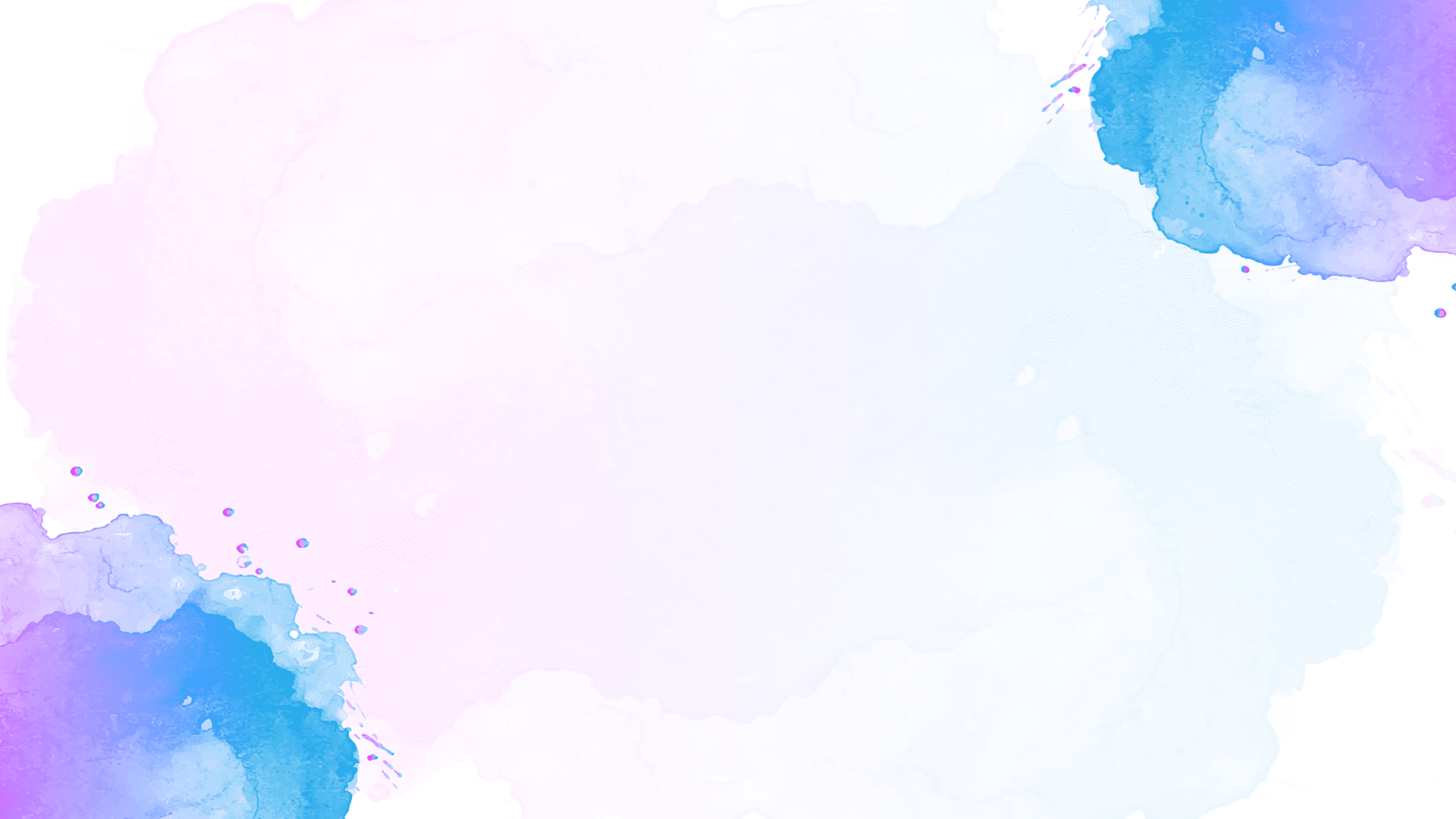
Role Responsibility.
The work process begins with some planning. Developing a VR application experience is not different than the process of designing any digital product. However, the first step in the process was to understand the target users and how they are going to interact with the VR product.
In comparison to mobile apps or websites; the process of interaction with VR requires active user involvement. Furthermore, a user is more like an active participant and less of an observer (Faller, 2019).
Leading Project & Product Design.
My main responsibilities as a Project and Design Lead were to manage the project and the team. The project management was organised with weekly team discussions, brainstorming ideas, and documenting initial research. All of these brainstorming sessions were recorded and documented in Miro boards and a series of analyses and consultations with the team and supervisors was held throughout the development.
A team of seven ambitious members worked on this project taking different responsibilities. Project Management for this project was completed using the following resources:
Managing Project and Team;
- Collaboration and effective communication with the team;
- Product management and development;
- Informing the design solution;
- Using design principles to produce design artefacts;
- Branding and Logo design;
- Designing a Style Guide;
- High-fidelity wireframes and prototype of the mobile app for an e-Commerce concept version;
- Marketing mock-up assets;
- Compiling and formatting presentations and final group reports.
Research.

Once the general idea for the project was discussed and agreed on amongst the group, research began with examining galleries within the university setting, especially Kingston University London. Other forms of galleries were looked into such as historical galleries and smaller galleries where art is displayed for purchase.
Towards the end of the research process, the current state of the world was factored in. Looking at the effects that Covid19 may have on this product is very important, whether those effects are negative or positive. Lastly, it was communicated to the rest of the team what features should add to the product based on the research findings. This was done through a recorded presentation and sharing slides to ensure that every member of the group could easily access and look back on the findings.
Background Research
For VRT Gallery two types of locations were researched. The first was galleries and art showings put on by Kingston University London. The second was art galleries, both for selling and observing pieces. Within these two types of spaces, the relationship between the space itself, the artist, and the viewer was researched.
School Galleries
School art is typically set up so that multiple students’ work is in a shared space. The descriptions of the artwork tend to be placed next to the pieces, but in a lot of cases, the students are present in person to talk about their work (Kingston University, 2021).
This can be a very stressful time for students, for a number of reasons which include getting marked on their work at this time and possibly having family and friends viewing their work.
Art Galleries
After getting to know the cultural environment of this industry, there are a few key features that should be added to the VRT Gallery. Research has revealed a need for artists to have their own gallery spaces for networking and advocating for themselves. While this is not financially possible for many artists, a virtual space that enables this will be highly beneficial. Artists should also be able to sell their pieces on a platform like this.
Tools
To account for the tools that would be required to host VRT, research was done to look into VR headsets and hand-held devices. The top 3 headsets are shown in the image below. Cost, motion tracking, and set-up were compared, amongst other features. After evaluation, the Oculus Quest 2 was decided as the best product to host the VRT gallery.
This device was the least expensive option for users, is wireless, and allows users to move around their environment safely. Also, its handheld touch controllers have the best quality motion tracking built-in, which proves important as one of the main features of VRT Gallery is to allow users to hold and manipulate pieces using the hand controls. Lastly, the Oculus Quest 2 does not require an external PC or any additional console, which contributes to it being more affordable.
Branding.

I suggested the name ‘VRT Gallery’ and most of the team members liked it. In VRT, the letter ‘V’ is the flipped letter of ‘Art’ and ‘VR’ stands for virtual reality.
This logo depicts the message of ‘Art’ gallery and Virtual Reality by combining a VR Headset illustration and abstract of paint and water colours.
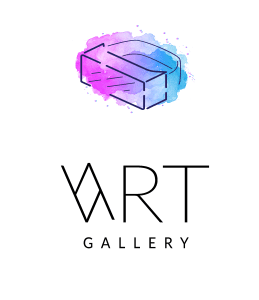
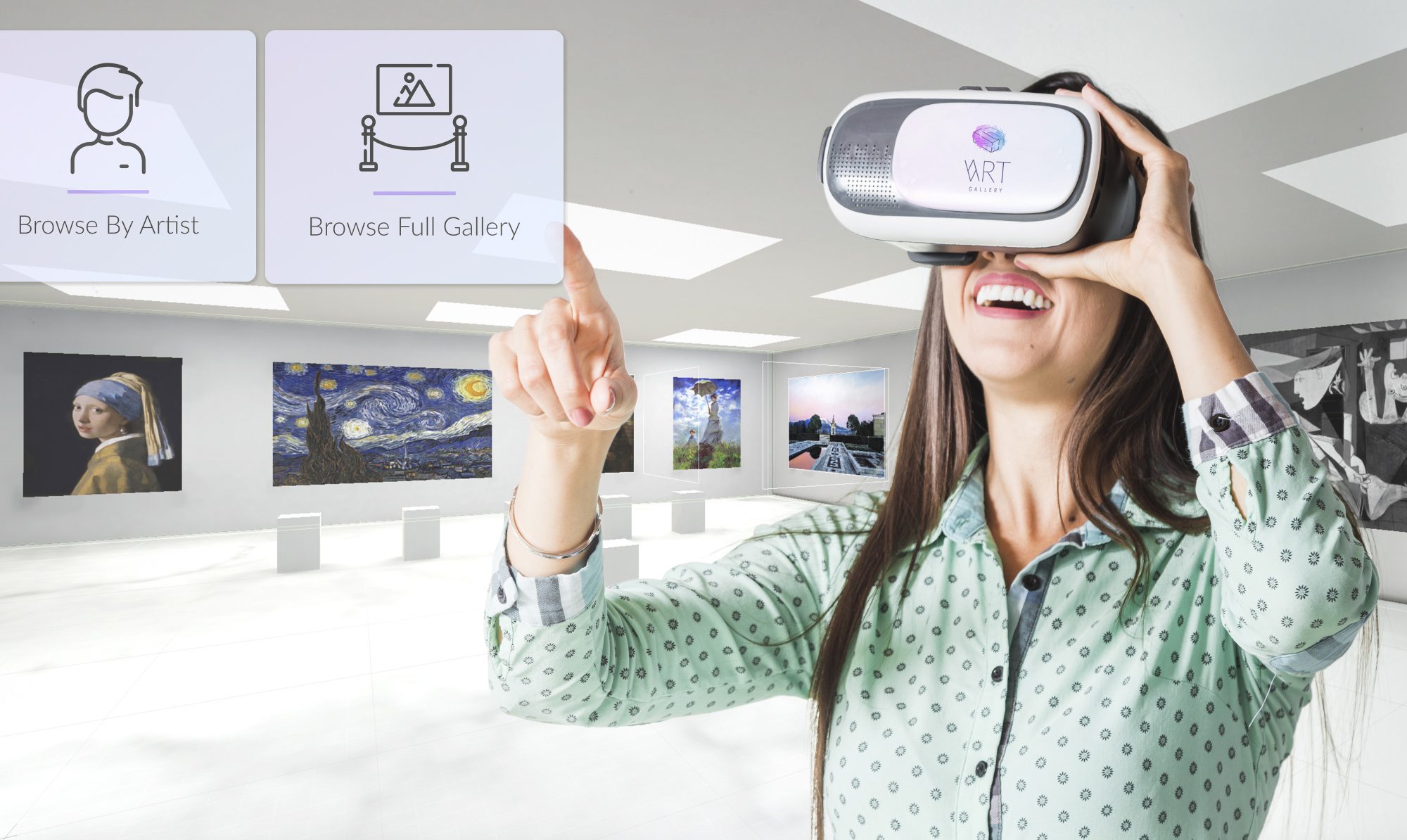
UI Design.

Wireframes.
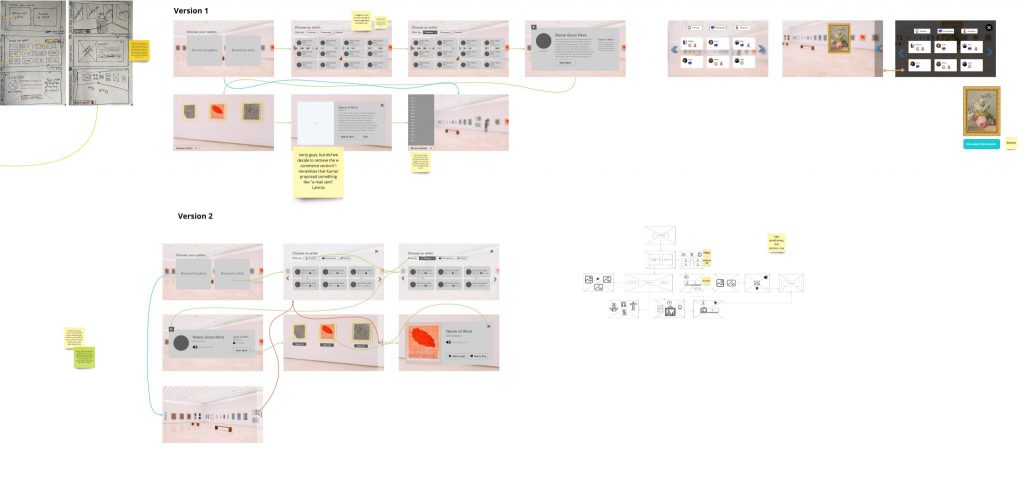
The initial sketches were taken to the digital format by the UI designer in Adobe XD to create the low to mid-fidelity wireframes. This iteration emphasises the structure and layout of the app, so colours, typography, and imagery are not explored in depth.
With feedback from the project team, this iteration was refined to include less cognitive load for the user by reducing the amount of text to only essential labels, using visual icons to mark content, and incorporating audio instead of text for descriptions.
e-Commerce Mobile App.
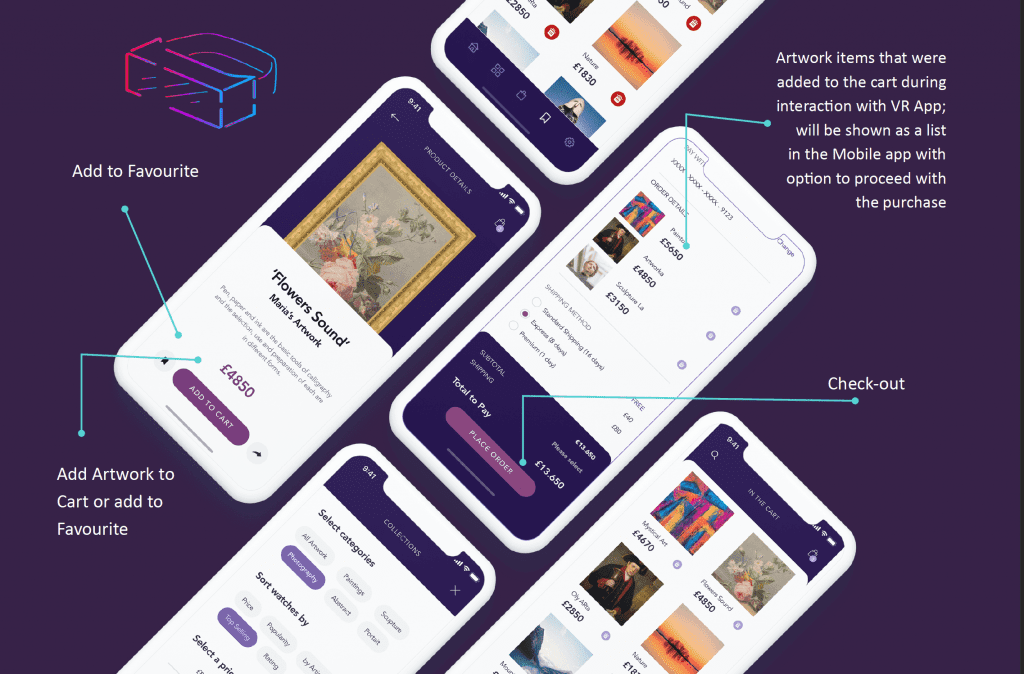
According to studies cyber-sickness, motion sickness may impact users during use and may impair users’ safety in activities immediately after VR use. That said, virtual reality sessions shouldn’t be longer than 20 minutes (The safety of domestic virtual reality systems, 2020).
The VRT-Gallery app allows users to add an artwork to cart. However, completing a checkout task is not considered within the VRT app due to users’ safety and wellness. These tasks are impossible for users to perform while wearing the VR headset.
After analysing these constraints, I manged to design a concept of e-Commerce Mobile app version. The concept of Mobile app implements in conjunction with VRT-Gallery. The user will be asked to pre-register or sign in to mobile version before starting the VR session and during VR experience user will be able to add selected artwork to a cart. The user will have the facility to see the full list of their favourite artwork and the cart items in the mobile app, which will allow them to complete their task of checkout or manage the list of their favourite artwork.
Development Video.


